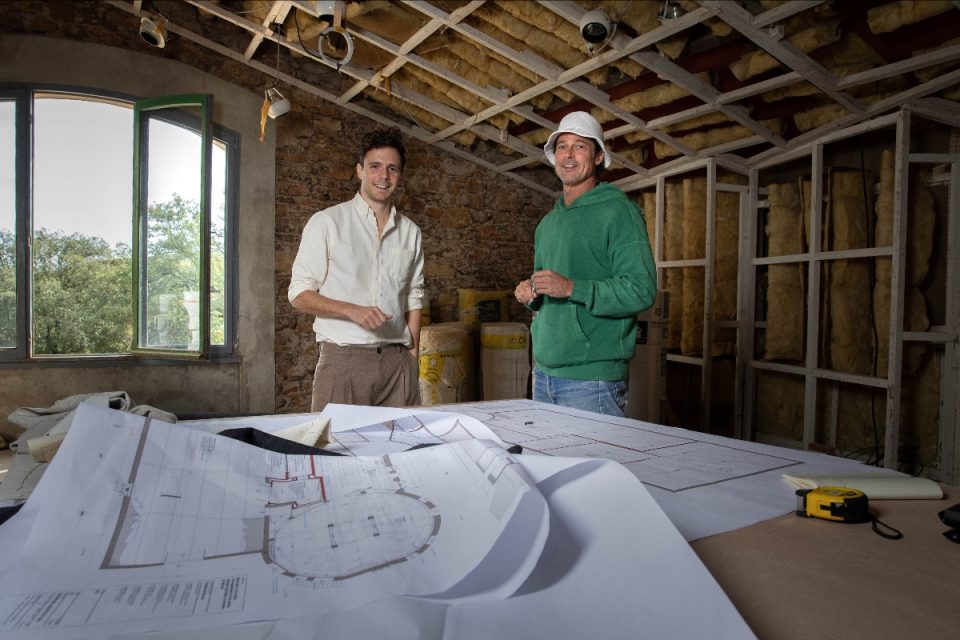In 1977, the estate’s then-owner, French pianist and composer Jacques Loussier, built a state-of-the-art recording studio on the property, previously called Studio Miraval, which went on to host sessions for Pink Floyd’s “The Wall,” AC/DC, The Cure, Sting, Sade and The Cranberries, among others. The studio was active into the early 2000s but has sat unused for nearly two decades, until now. Pitt and Quintard will reopen the completely redesigned and updated Miraval Studios for the future, honoring the past while pushing forward a new take on recording, amid a breathtaking vista sure to nurture all manner of creative expression.
Few partners are better suited to making this dream a reality than Quintard, a musical prodigy and rising star in the recording industry. Having first come to fame in the world of classical music, Quintard has developed a signature approach that garnered an Emmy Award for his work on the Baku 2015 European Olympic Opening Ceremony. He has also produced artists such as Brian Eno, Arca, Parcels and Teodor Currentzis, among others.
Having been impressed by his work, Pitt asked Quintard to meet. “When we met in Paris, we immediately clicked. It was an intense moment where we just talked and talked about sound. I was amazed at how sensitive and precise he was in his analysis of music,” says Quintard. The decision to work together was an easy one, but the duo soon had a more challenging one to make: whether to move ahead with Miraval in its current state or, essentially, start from scratch. Luckily, even after nearly 20 years of disuse, the equipment was still in good working order, but Quintard saw aesthetic possibilities beyond the extant design of the studio.
The Miraval Estate is already a breathtaking property, and this redesign will simply highlight and enhance its beauty, with natural light as the heart of the re-design. Miraval Studios will be offering unrivaled amenities, in and out of the studio. In addition to the original gear on which so many classic albums were recorded, the studio is built around a desk designed by Pitt and Quintard with hybrid analog/digital capacities, while boasting a fully integrated Dolby Atmos system as well as technology to handle pre-mixing for film and television. With its 25-foot ceilings, Studio One has a 100 square meter control room and 320 square meter live room that conserves what Quintard describes as the “heritage of the quirky sound” of the iconic drum room pioneered by Loussier.



